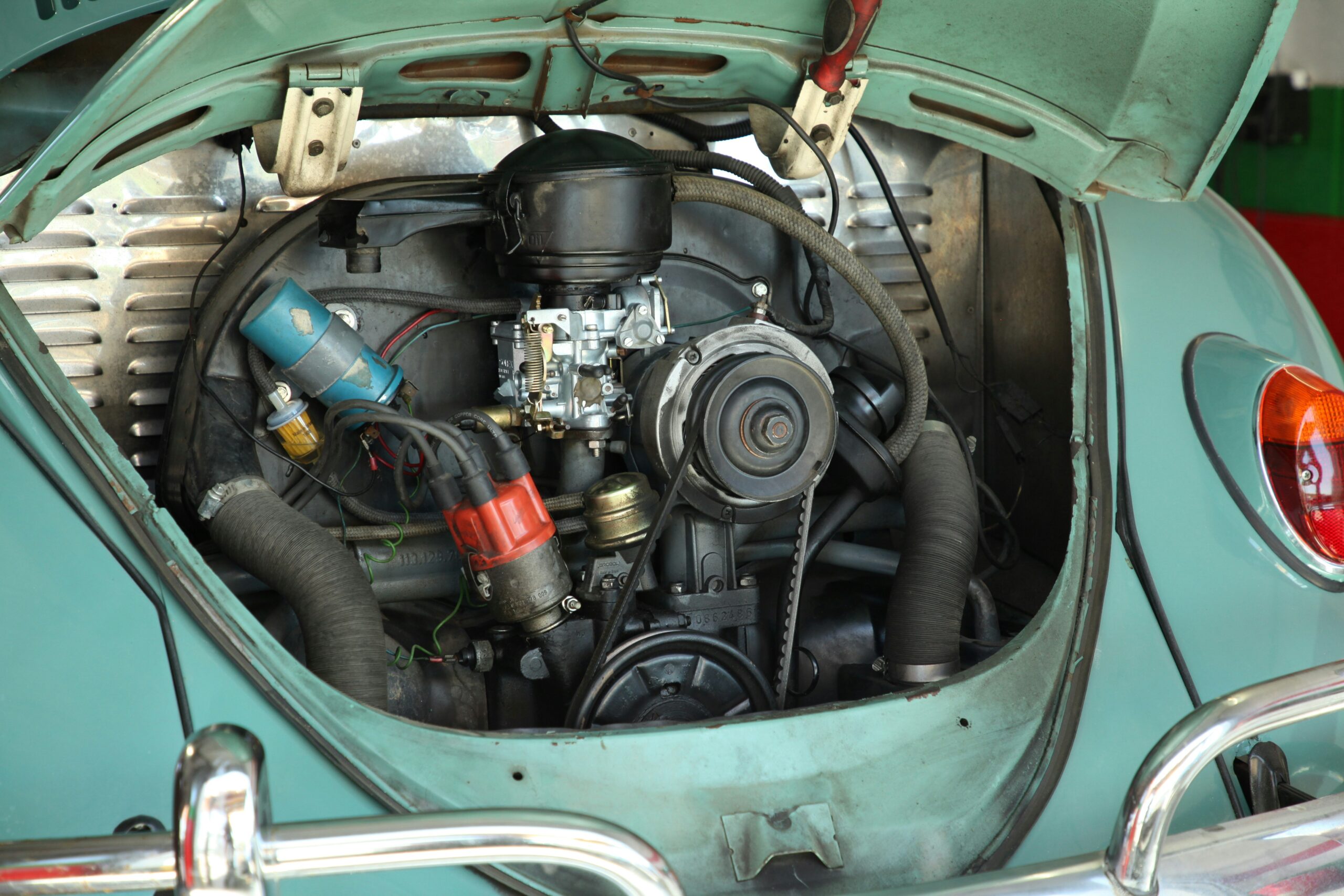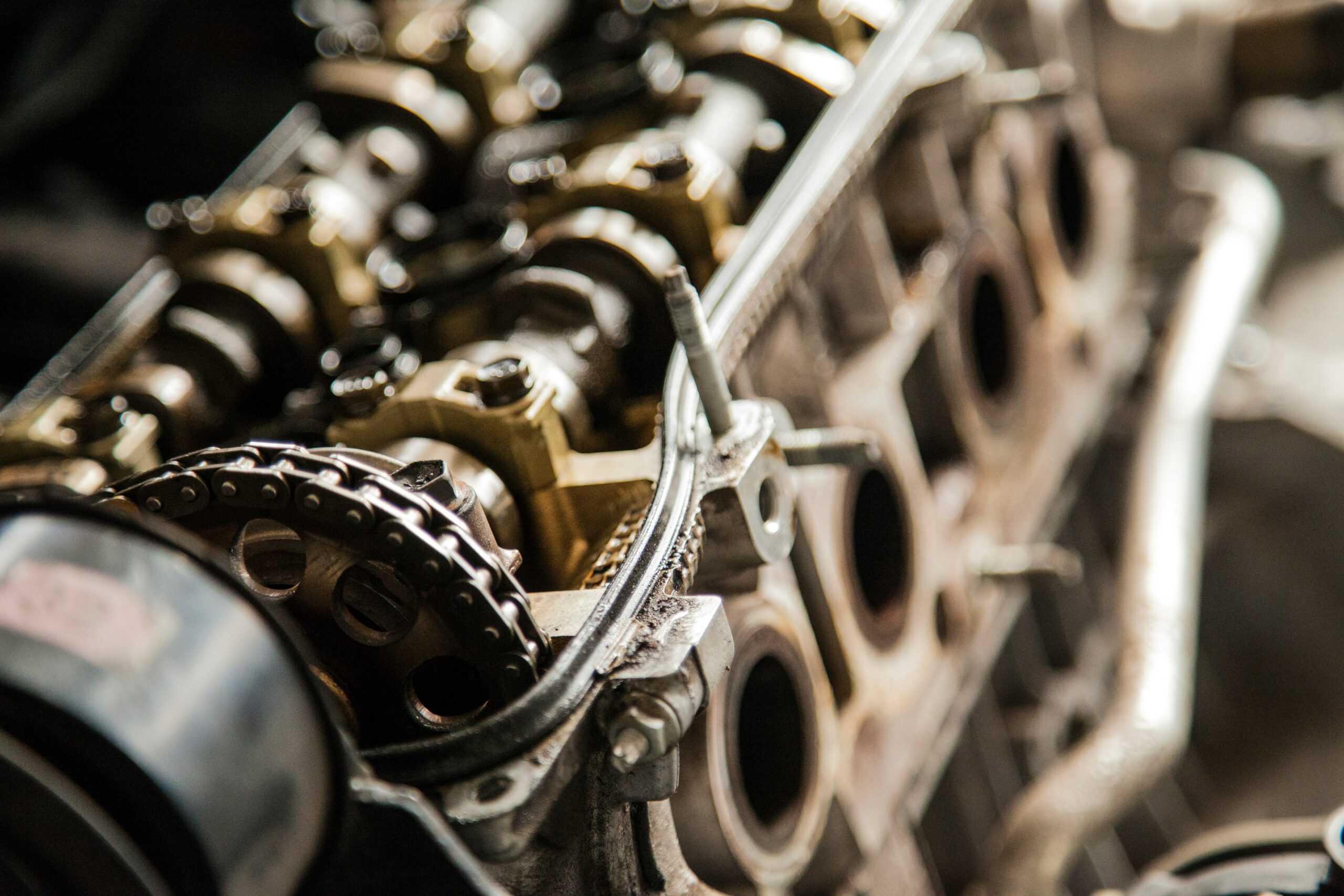- Your cart is empty
- Continue Shopping
Essential Car Parts You Need to Know for Your Driving Test

Preparing for a driving test isn’t just about practicing your parking or memorising road signs. Examiners also expect you to understand the basic parts of a car and their functions. This knowledge makes sure that you can handle the vehicle safely and carry out essential checks before and during your test.
1. Dashboard and Controls
The dashboard is your car’s information center. It includes:
- Instrument Cluster: Displays speed (speedometer), engine revs (tachometer), fuel level, and warning lights.
- Warning Lights: Indicators for oil pressure, engine temperature, battery charge, and seat belts. Knowing these helps you identify problems quickly.
- Switches and Controls: For lights, wipers, and hazard lights. The examiner may ask you to demonstrate how to turn these on during your test.
2. Steering Wheel and Indicators
The steering wheel controls the car’s direction, and the indicator stalks (usually located on the sides of the steering column) allow you to signal your intentions to other drivers. Correct use of indicators is a key part of safe driving and will be assessed in your test.
3. Pedals (for Manual Cars)
- Clutch (far left): Used to change gears.
- Brake (middle): Slows or stops the car.
- Accelerator (far right): Controls the car’s speed.
For automatic cars, only the brake and accelerator are present.
4. Mirrors
Mirrors are essential for observation, which is one of the most heavily tested skills.
- Interior Mirror: Shows a clear view of traffic behind you.
- Side Mirrors: Help you check for vehicles in your blind spots and when changing lanes.
5. Handbrake (Parking Brake)
Used to secure the car when parked or during a hill start. Examiners often check if you can apply and release the handbrake correctly.
6. Gear Stick
In manual cars, gears control power and speed. Learners must demonstrate smooth gear changes without stalling. In automatic cars, the gear lever is simpler (P, R, N, D).
7. Lights and Indicators
Examiners may ask you to demonstrate “show me, tell me” questions, such as:
- How to check headlights and tail lights are working.
- How to switch on dipped headlights or fog lights.
8. Tyres and Safety Checks
You should know:
- The minimum legal tyre tread depth (1.6mm in most places).
- How to check tyre pressure and ensure they are safe for driving.
9. Windscreen, Wipers, and Washer Fluid
Clear vision is essential. You may be asked how to operate the wipers and check washer fluid levels.
10. Engine Fluids
Basic under-the-bonnet checks may be part of your test:
- Engine Oil: Checked using a dipstick.
- Coolant: Keeps the engine from overheating.
- Brake Fluid: Essential for safe braking.
- Windscreen Washer Fluid: Helps keep visibility clear.
Tips for the Test
- Learn the “show me, tell me” questions that examiners often ask.
- Familiarize yourself with the car you’ll use on the test day.
- Practice operating all essential controls smoothly.
Understanding these car parts will also make you a more confident and responsible driver.




